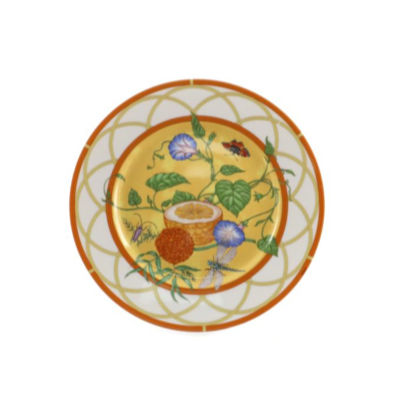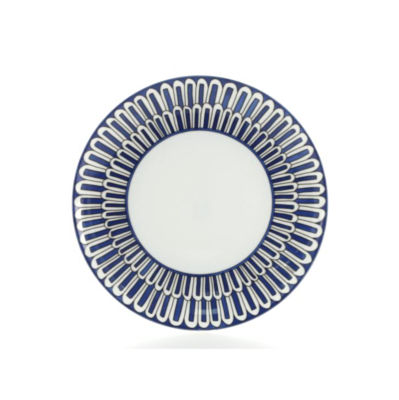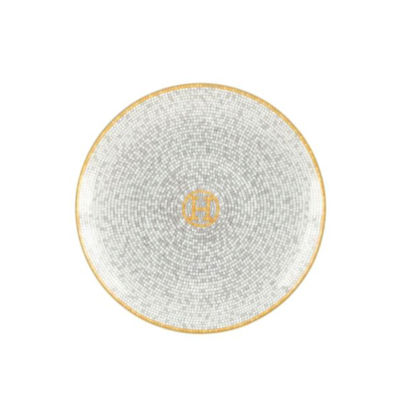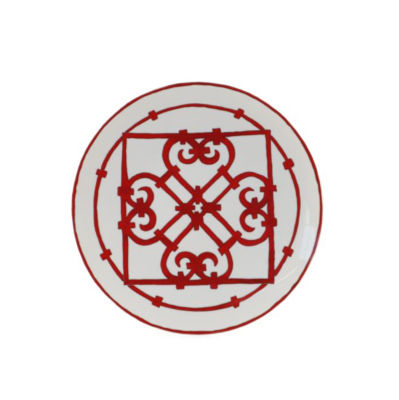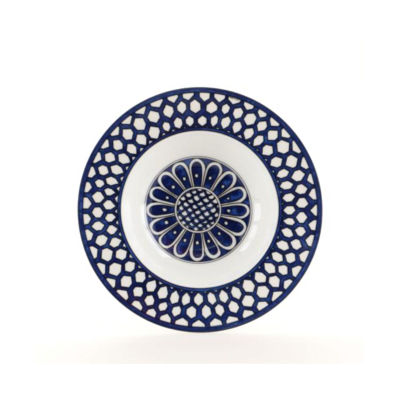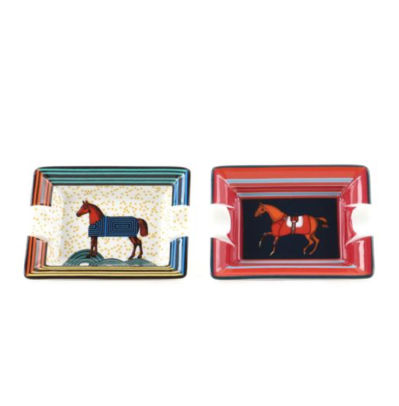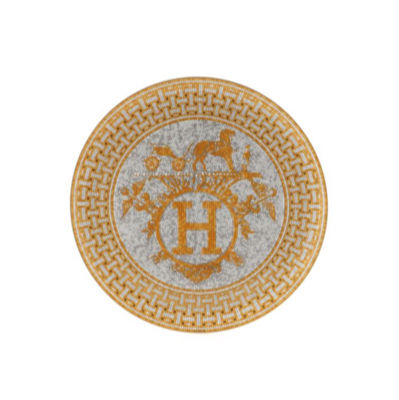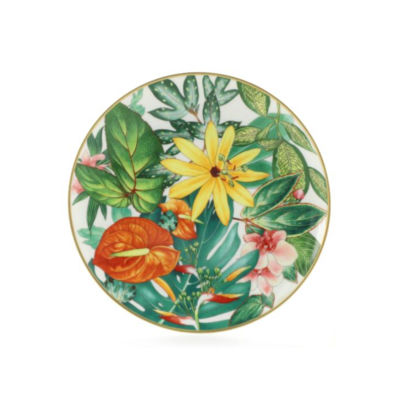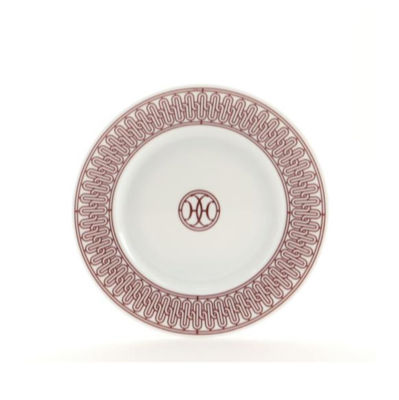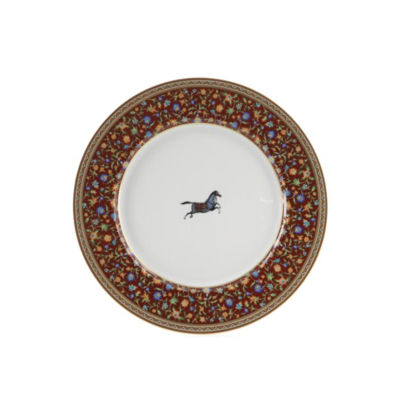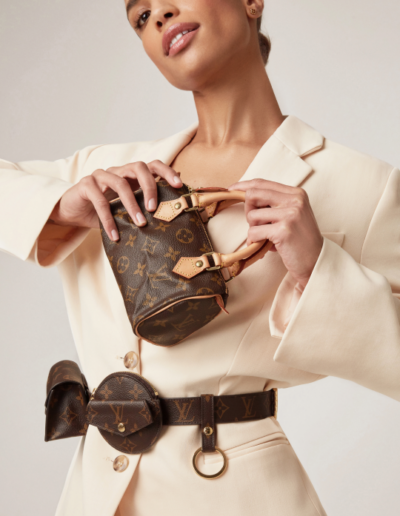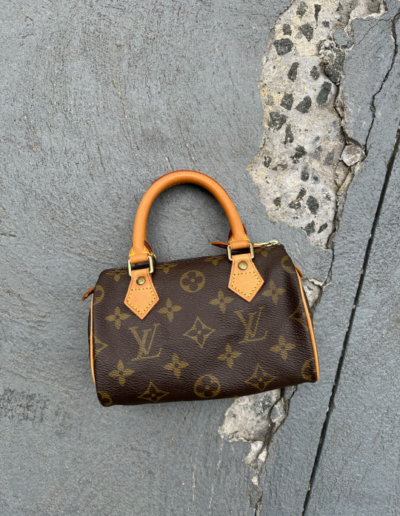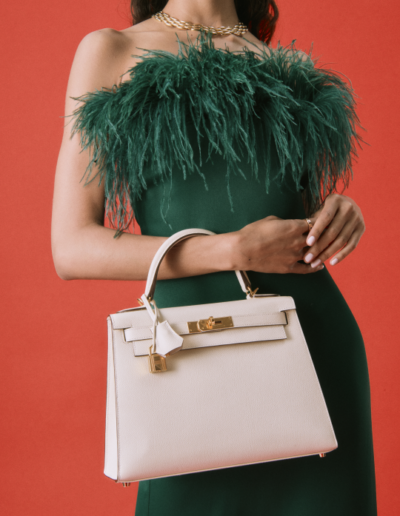DESIGNER 101
Hermès 101:
Porcelain Tableware
By The Rebag Team, Jul 30, 2021

Hermès
created a dream
in Porcelain.
From a playful circus to a flora-filled fantasy, Hermès’s porcelain range offers a journey to another world. Build a luxurious tablescape with these pieces, which are inspired by distant travels, architectural elements, and the house’s equestrian heritage.
“I think Hermès objects are desirable because they reconnect people to their humanity… Our customer feels the presence of the person who crafted the object, while at the same time the object brings him back to his own sensitivity, because it gives him pleasure through his senses”
-Pierre-Alexis Dumas,
Artistic Director of Hermès
Hermès porcelain tells a story through color and design transforming traditional plate settings into a magical experience.
Each intricate item is created with hand techniques, but not every collection is completely hand painted. These designs are typically pulled directly from scarf motifs and often showcase the Hermès heritage. In both a benefit to Hermès and the artisan, Hermès presents a theme and then allows artistic freedom with the final design.
History of Hermès Porcelain
Porcelain goods, which includes tableware, tea sets, ashtrays, vases, and platters took off in the 1980s and became a big seller for Hermès. During this time many of the motifs presented were equestrian or animal themed. However, the newer pieces showcase intricate shapes, botanicals, fantasy, and worldly textile inspired designs almost transporting you to another realm.
Passing quality items from generation to generation is very important to the french culture. This is deeply embedded in the Hermès culture as well when it comes to their porcelains. These items do not follow trends or fads and thus makes them timeless collectable items. Even with the changing of times in kitchenware, Hermès porcelains have stood the test of time and have proven they are not going anywhere. Overall, these pieces are meant to be functional and beautiful so there is no right or wrong way to utilize them.
Craftsmanship at the Hermès Workshops
Hermès porcelain starts in its workshops at Nontron in the southwest of France. The artisans who work in the Hermès workshops work between creating tureens, bowls, dishes, plates, and large vases. Eight gold-filet craftspeople use a liner brush dipped in gold, platinum, or color to decorate the ceramics with their delicate hand.
Each porcelain item is carefully crafted in several careful steps. First the porcelain item is made, then it is decorated with the motif and fired in the kiln and last the item is given some finishing touches to smooth out rough edges left over from the previous kiln firings. If any hand painting is involved, care is taken to make sure the design is evenly painted.
Each item, even if painted the same, will showcase the artisans character and hand techniques making each piece unique and special. Some higher price collections have gold or other metals used in the glazing process which appear after the firing, giving it the full brilliance associated with these pieces. Like scarves, the more colors involved in the glazing process the more the price can vary.
Investment Value of Hermès Tableware
Hermès porcelain tableware is a popular option for many in the home goods resale market. In general the resale value is up to 60 to 90 percent of the retail value. Some collections, including Mosaique au 24 and H Deco, could resell very close to retail due to their classic signature Hermes style. Mosaique au 24 and Balcon du Guadalquivi are the most sold collections on Rebag. Mugs and teacup sets are the most popular types of tableware.
Hermes Porcelain Measurements
Range and Limited Editions
Mosaique au 24
Inspired by the original Hermès store in Paris, and its ochre and gold color palette, Mosaique au 24 is a true homage to the brand.
Chaîne d’ancre
Influenced by the jewelry collection of the same name, the Chaîne d’ancre pattern brings the spirit of the collection and the nautical world to the table with its chain-link motif.
Bleus d’Ailleurs
The house wanted to evoke the feeling of wanderlust and journeys between Europe and Asia through this “nomadic blue” and white collection.
Cheval d’Orient
Styled after Persian miniatures, Cheval d’Orient turns Hermes’s equestrian heritage into a whimsical exploration with a Silk Road caravan.
Hermes Circus
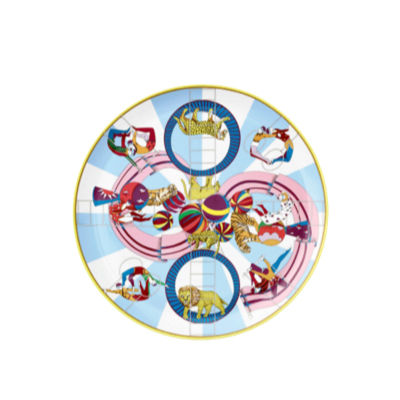
The Hermes Circus conjures up playful images of acrobats and wildcats performing tricks in a fantasyland of stars.
Hippomobile
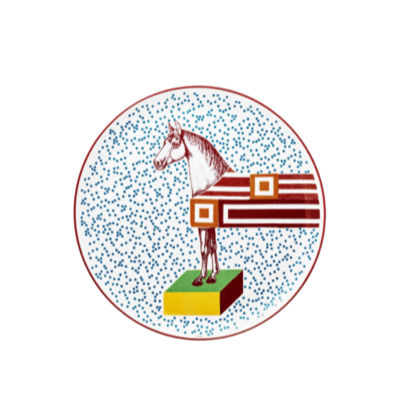
Gianpaolo Pagni went back to the house’s equestrian roots, dreaming up a monochrome horse draped in bold friezes that emulate jockey uniforms.

